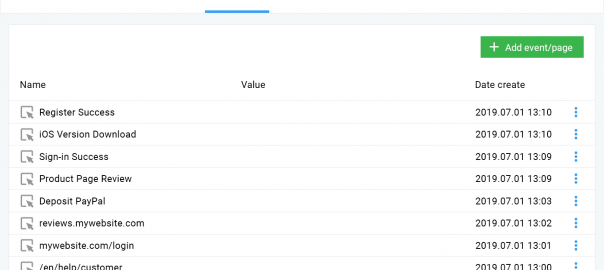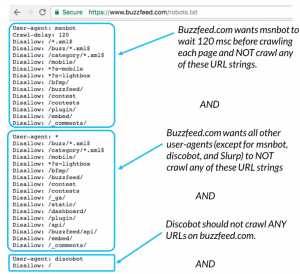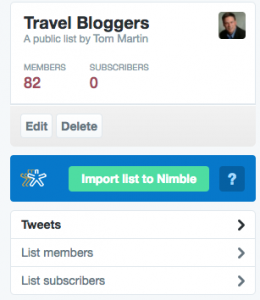It was the election that has previously been dubbed ‘the battle for America’s soul.’ The age-old choice between Democrat and Republican seemed to move up a gear in 2020, as Donald Trump launched a fierce campaign to extend his presidency against former vice-president Joe Biden.
The democrat nominee won on the day, amid calls of voter fraud from Trump and various Republican figures, but who won the marketing battle for The White House?
Mixed Messages
Anybody who’s gotten to know Trump’s persona would be unsurprised to see the president’s campaign adopting a bold approach that looked to immediately get on the front foot. Biden’s, by comparison, took a more policy-driven approach that seemed focused on dislodging Trump.
Trump’s presidential style is to make statements in a dogmatic and repetitive manner as a means of hitting a message home. So, it’s perhaps no surprise that when AdWeek analysed his campaign’s marketing funnels that users can expect to see nearly three emails a day fall into their inbox.
Team Trump, at one point, ran a post-debate fundraising push that pumped 12 emails out to subscribers within 24 hours. While this rate would almost certainly be associated with opt-outs and bounce backs in the world of corporate marketing, it’s become something of an archetypical approach for the Trump Administration. Significantly, with the state of frenzy that the president’s capable of whipping into his followers, it’s likely that for many recipients, 12 emails in one day would be a very welcome sight.
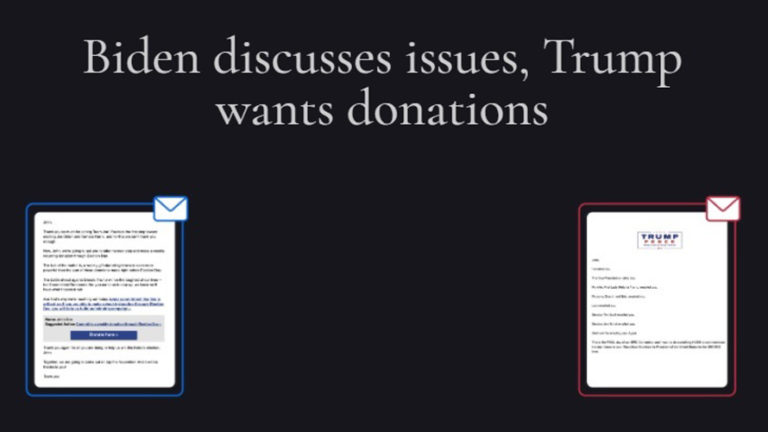
(Image: AdWeek)
Unsurprisingly, Biden’s campaign is much more tranquil and avoided the temptation of overtly requesting donations. The more subtle phrasing in Democrat emails focused on enticing readers to ‘chip in’, rather than taking on a more commanding approach of stating ‘donate now.’
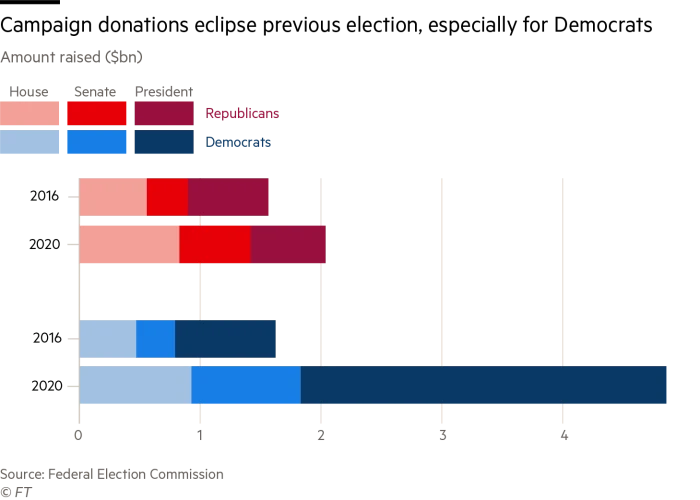
(Image: Financial Times)
The less persuasive approach of the Biden campaign may have played a role in aiding the Democrats towards receiving a significant boost in funding on the election trail – although it’s worth noting that there are plenty of different fundraisers fun during presidential campaigns so it can be hard to pick out a single driving force behind stats.
The Election’s Marketing Battlegrounds
The battle for the next presidency was fought on more platforms than ever, with both candidates turning to various different channels to spread their message and win support. As a result, PR Newswire has painstakingly compiled a list of campaigning highlights across a range of different marketing platforms.
On Google Ads, the Trump team paid for mitigating keywords like ‘how to impeach Trump’, ’Trump fraud’, ‘Trump is a disaster’, and other somewhat unrelated terms like ‘speedo swim trunks’ and ‘mens xxl swim shorts.’
The vast majority of ad dollars from both candidates were spent on targeting Florida. As a key battleground state in the election, Florida received $ 32.7 million in advertising spend – amounting to as much as 8.51% of the ad budget of both candidates, making it the largest percentage of any state on the campaign trail.
The marketing campaigns also spent plenty of time crafting content on Facebook Ads. Notably, Trump’s campaign targets slightly older voters, while Biden’s campaign angled itself more to female voters.
Here, Trump marketers aimed to encourage users to take one-sided surveys like the “Official Democrat Corruption Accountability Survey” in order to sow seeds of mistrust among voters before concluding the advert by asking “how much will you be donating today?”
While Trump’s campaigns were heavily focused on social media, Biden looked to flourish in more traditional marketing platforms like television advertising. As Trump utilised more sweeping nationwide TV ads, Biden targeted winning over swing state markets.
Once again, Florida was the heavy priority for Biden, and the campaign spent $ 4,460,000 (27% of its total commercial budget) on winning the state. Biden’s campaign crafted five different TV ads specifically for Florida, while Trump ignored dipping into the state’s TV advertising market.
When it comes to email campaigns, the Trump campaign certainly understands the importance of using engaging content within subject lines, and it would often use deliberately misleading titles like “Supreme Court Choice Attached” without any content contextualizing the subject line in any way whatsoever.
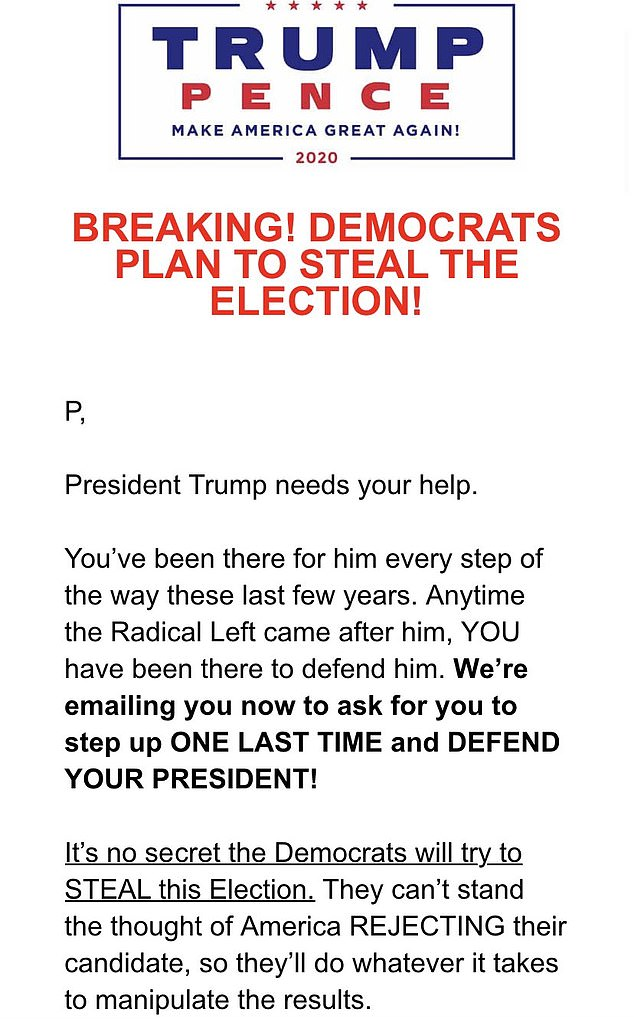
(Image: Daily Mail)
In the days following the election, the Trump Administration attempted to ramp up its email campaign to perpetuate a claim that the Democrats were using voter fraud to steal the election. The image above, highlighted in The Daily Mail, shows the deep level of emotive language encased in the content. With a heavy use of capital letters to emphasize points, the content looks to continue whipping supporters into the frenzies of outrage and injustice.
Interestingly, when it comes to social media, both campaigns had to work in order to cater to the differing mindsets of their supporters. While 77% of Trump supporters were found to mention Democrats over social platforms, just 38% of Biden’s supporters namechecked Republicans – illustrating how the wildly different approaches both sides took to marketing their campaigns could be justifiable in how different the mindsets of voters with different political affiliations have become.
Social Media Campaigning
Barack Obama outmanoeuvred his rivals in 2008 by successfully utilizing the power of the burgeoning world of social media. His campaign was so successful at drumming up support that it made social media campaigning an essential part of every presidential race that followed.
According to the Center for American Progress Action Fund, the 2008 campaign destroyed the myth that Facebook advertising was only effective for reaching young people. In fact, of the 30 million users who were exposed to Facebook targeted political ads, over one-third were over 30 years old, and 3.3 million were over 40 at the time.
Social media may have grown to become an integral part of the campaign trail, it can also leave candidates open for ridicule. In the 2012 campaign, Mitt Romney ineloquently claimed during a TV debate that he’d looked at “binders full of women” in a bid to prove that his team was actively recruiting female workers. The hashtag #bindersfullofwomen subsequently trended on Twitter, ensuring that those who hadn’t seen the debate were well aware of the gaffe.
Nevertheless, social media campaigns have become vital in not only winning votes but in better understanding who your key demographics are. Analysis tools like Google Analytics are capable of understanding where your traffic is coming from and breaking down your social media engagements. This can be perfect for learning which users are engaging with your message and who is struggling to pick up on your core points.
Furthermore, other analytics platforms like Finteza use demographic insights to target and re-target audiences at the times when analysis anticipates they’re most likely to interact with your campaign material.
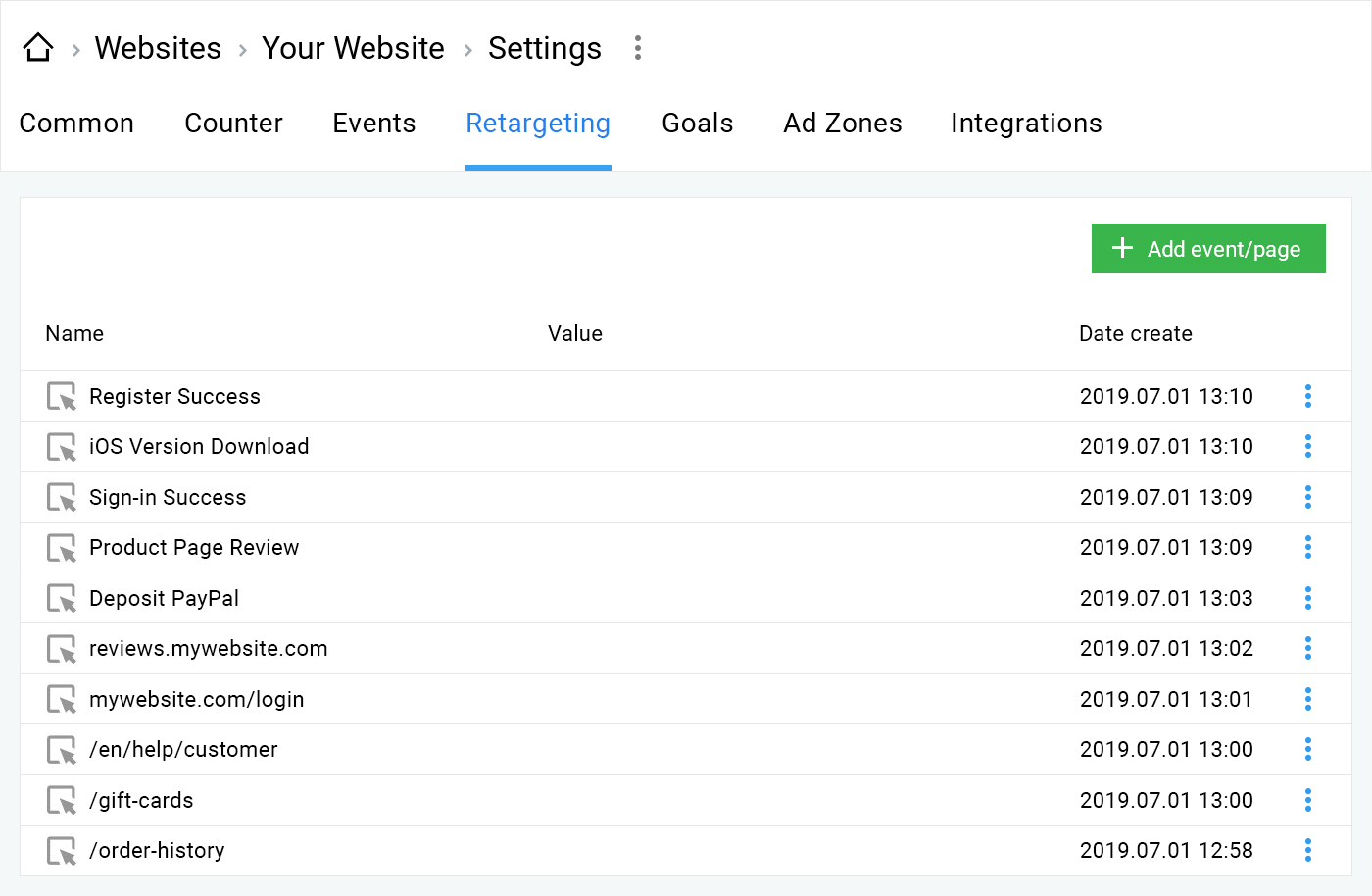
The introduction of social media analytical insights has aided both presidential campaigns to spend their money advertising in a more wise manner – aiming to reach audiences with the most fitting perceptions with the type of material that’s capable of converting their interest into votes.
How Ads Were Placed
As we’ve noted, the Biden campaign heavily targeted battleground states in a bid to invest money wisely on the campaign trail. Trump, on the other hand, utilized Facebook Ads to send one-sided polls and reinforce ideals by sending surveys to ensure more control over the messaging he relates.
Trump’s approach was shrewd. As advertising channels have more control over the messaging and user experience model of their platforms, the Trump campaign bypassed this control by redirecting users to surveys that underlined his messaging.
Early list-building is an important part of marketing, and it’s likely to only grow in importance ahead of future elections. In this election, AdWeek notes that the Trump campaign appeared to fail to set up an email funnel for users who signed up but hadn’t already donated – instead focusing on gaining more from those who had donated in the past. However, the advertising platform claims that this could’ve been an oversight from the campaign.
If it was an intentional move, it’s reasonable to feel as though the approach will have caused burnout among Trump’s donors. As a strategy in the wider world of marketing, the approach of reapproaching existing donors rather than creating segmented lists and targeting prospective donors accordingly is a risky one if a marketer is seeking to build long-term brand loyalty between a business and its customers.
Dropping large sections of mailing lists because they weren’t offering money is a dangerous marketing strategy that may have led to heavy losses in revenue for the Republican campaign. With this in mind, future campaigns may heed the shortcomings in the funding of the Republican party in 2020 and look to effectively segment lists moving forward. This can, in turn, help to create better relationships between companies, parties or brands, and their audiences.
With millions spent on both sides and marketing campaigns fought bitterly to the very end, the results of the US presidential election point to a Biden victory. However, there may be plenty of lessons to take from how the election trail was run and won. After funnelling significant portions of his budget into the swing-state of Florida, Biden failed to meaningfully build on Clinton’s 2016 campaign in the state.
With the Trump campaign choosing to contest the results of the election and filing for lawsuits across key states, it seems clear that the Republican candidate is looking to take a leaf out of his own aggressive, emotive email campaign and carry the fight for The White House all the way to the bitter end – whenever that may be.
Digital & Social Articles on Business 2 Community
(279)
